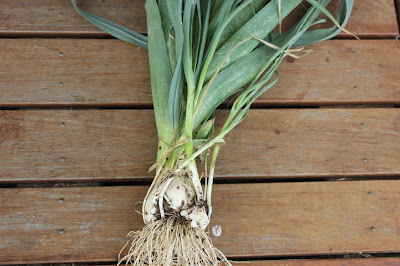Very few people grow rhubarb from seed. It is said to be too difficult, and it is said to take too long. yet no one ever tells you how long it actually takes.
Most varieties of rhubarb, even if it self pollinates, will not grow true to type and you will not get anything similar to the parent plant. Each rhubarb variety that I was sent was said to breed true, which I find almost impossible to believe given the polyploid nature of rhubarb.
Each set of seeds looked different to one another, some larger and some smaller. Each set of seedlings did show a remarkable lack of diversity from one another from that group, yet each group was very different from the others. Even at cotyledon stage it was simple to tell each group from all the others.
Other than one variety collected from Korea, which I am not convinced is rhubarb or even a species of Rheum, all of these rhubarb varieties went dormant over winter and re-sprouted in spring.
The largest was a variety originally collected in China. It was the largest right from the start. The others are not yet ready to harvest. Some are closer to harvest than others. They have all grown a lot since the photo was taken. They have also been battered by the heat and shredded by hail, gone dormant over winter and resprouted in Spring.
Days to maturity Rhubarb (Rheum rhabarbarum)
Seeds planted 04/11/2016 Day 0
Germinated ??/??/2016 Day ? Oh why didn't I record this!
Harvest start 14/01/2018 Roughly 14 months from seed planted to first harvest
Flowering ??/10/2018 Roughly 23 months after seed planted (I removed the flower stalk)
 |
| Some of the rhubarb varieties. Left to right seed collected from: China, Poland, Finland, Germany |
Considering that when you buy rhubarb crowns it is not advisable to harvest in the first year, growing from seed didn't really take much longer. Time will tell which ones are worth keeping.
I also listed the days to harvest from seed for a heap of different vegetables, if you are interested please click here.

















































